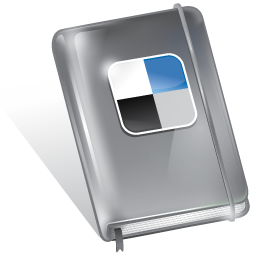ISTE Reflections- Semantic versus Linear Learning
I attended the ISTE (International Society for Technology in Education) conference this week, and I came away feeling enriched, overwhelmed, and oddly comforted that for everyone that seems to feel overwhelmed by the tech tools available, the teaching and personal connections between student and teacher are still the most important ones we can make.
One of the things that has stayed with me from a presentation by Heidi Hayes Jacobs of Curriculum 21 was that the major difference between my education and that of my children is that we were taught in a very step-wise linear way, and their world is much more semantic in nature. For example, searches online need not follow a list- you can search for just the piece of information you think you need, and what you find there may take you down very different paths. But your search depends on your ability to precisely articulate what you want online and you get that, and only that, unless you decide to reformulate and change up your search. Traditional searches for source material, in a library, lead you to a book you thought you wanted, but you may find that its neighbors or the things on the next shelf down are actually more to the point. You get directed more to a neighborhood of ideas in a library than an exact destination online. This sort of “fuzzy logic” in both cases may lead you to material you didn’t really know you wanted, teaching you about a subject in the process, but in very different ways, based on how we interact with the tool at hand.
Keeping this in mind, when we look at differentiating instruction for kids, we have to think about the issue in a more semantic or web based way, rather than a linear, step by step, recipe process. Learning, by the nature of humans and the way our brain works, is a semantic process. School has largely been designed on a linear, step by step process, with each thing leading to the next class or unit or grade level like an assembly line. We’ve tried to do self-paced study, but we have yet to design a school that seems to allow kids to explore and learn in a more semantic way, and instead, making them stop and focus on what we think they need to learn now.
Changing school to reflect a more semantic learning style is going to be a challenge, and its going to be hard. Heidi suggests you decide just to upgrade your curriculum, choosing one thing to work on, do well, and master, concentrating on quality blog posts, for example, over quantity. Once you have mastered this skill, moving on to another one works. Sequential upgrades keeps the panic and paralysis in check.
Part of learning to differentiate instruction is starting to understand the fact that linear learning is not always natural or a good fit, especially in an outside world that rewards semantic learning more and more. I know I’ll be thinking about this, and how this different way of approaching learning and skill development can be implemented in the classroom.
What are your thoughts?
How would you develop a more semantic-based lesson or learning plan into your unit or curriculum? Can it be done, and would it meet the needs of more learners who can learn by developing their own pathways to the end goal?
Share your comments below, and consider joining our group on Differentiated Instruction and Personalized learning over on Edutopia!





